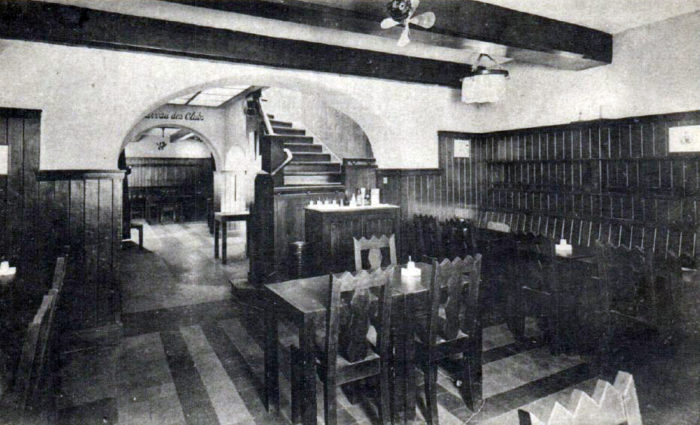zaterdag 28 december 2019
woensdag 4 december 2019
The property where Gustave Flaubert lived and worked.
En 1844, son père achète une maison de campagne à Croisset. La légende dit que là, l’abbé Prévost aurait écrit la première version de Manon Lescaut…
Flaubert commence par y passer les étés, puis s’y établit en 1851 avec sa mère, toujours habillée de noir et sa nièce, très tôt orpheline de mère.
Of the property where Gustave Flaubert lived and worked from 1843 until his death, all that remains is this garden pavilion facing a factory-littered Rouen landscape. In the last century, however, Flaubert's house was situated in a particularly agreeable location, on a hillside overlooking the Seine.
Dr Flaubert, father of the writer, acquired in 1843 this house which had belonged to the Benedictine monks of Saint-Ouen, after Flaubert senior's Deville-lès-Rouen home had been expropriated to make way for the Paris-Rouen railway line. Legend has it that Abbot Prévost wrote Manon Lescaut in Flaubert's future house. After the death of his father, Flaubert continued to spend the summer months in this house accompanied by his mother and his sister; he established himself here definitively in 1851. His study was on the first floor and overlooked the garden and the Seine. It was here that the novelist wrote most of his major works.
Flaubert never worked in the Croisset pavilion, but he often went there in the company of his guests, and he would go there at night alone to contemplate the Seine by moonlight. A quotation reproduced on the façade of the pavilion recalls his nocturnal visits:
“I have somewhere a white house; I left the walls covered in roses and there is a pavilion on the banks of the Seine; a stray honeysuckle grows on the iron balcony. At one o'clock in the morning in July, by the moonlight, it is a good place to come and watch the fishing”
Abonneren op:
Posts (Atom)
-
1953 3321 Dent Place NW Washington, DC ( Leased by JFK and Jackie as newlyweds from Blair Childs. Built in 1942, this 4 b...
-
I was reading "The American Princess" of Annejet van der Zijl It tells about the story of gives us the story of Allene Tew...




